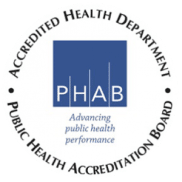Little Rock, Ark. – As high temperatures continue in the coming weeks, the Arkansas Department of Health encourages people to practice heat safety.
Heat stress is a heat-related illness caused by your body’s inability to cool down properly. The body normally cools itself by sweating, but under certain conditions sweating is not enough. People who have higher risks for heat stress or heat-related death include children under the age of four, seniors aged 65 or older, anyone overweight, and those who are ill or on certain medications.
Heat-related illnesses are preventable. Simple tips to prevent heat stress are:
- Stay in an air-conditioned area during the hottest hours of the day. If your home does not have air conditioning, consider public places like a library, senior center, or mall.
- Wear light, loose-fitted clothing.
- Drink water often. Don’t wait until you are thirsty.
- Avoid unnecessary hard work or activities outside or without air conditioning.
- Avoid unnecessary sun exposure. Wear a hat and sunglasses when you are in the sun.
- Use sunscreen with an SPF of 15 or higher as directed and reapply as needed.
The most common heat-related illnesses are heat stroke, heat exhaustion, heat cramps, sunburn, and heat rash. It is important for everyone to know the warning signs and what actions to take if someone experiences one of these illnesses.
Heat Stroke: Symptoms include high body temperature; hot, red, dry, or damp skin; a fast, strong pulse; headache; dizziness; nausea; confusion; and fainting. For heat stroke, call 911 right away, move to a cooler place, and help lower the body temperature with cool clothes or a cool bath.
Heat Exhaustion: Symptoms include heavy sweating; cold, pale, and clammy skin; fast, weak pulse; nausea or vomiting; muscle cramps; tiredness or weakness; dizziness; headache; and fainting. For heat exhaustion, move to a cool place, loosen clothes, put cool, wet clothes on the body, or take a cool bath, and sip water. Get medical help immediately if vomiting, dizziness, or symptoms get worse or last longer than one hour.
Heat Cramps: Symptoms include heavy sweating during intense exercise and muscle pain or spasms. For heat cramps, stop physical activity and move to a cool place, drink water or a sports drink, and wait for cramps to go away before starting more physical activity. If someone is on a low-sodium diet, has heart problems, or if cramps last longer than one hour, they should seek medical immediately.
Sunburn: Symptoms include painful, red, and warm skin and blisters on the skin. For sunburn, stay out of the sun until the sunburn heals, put cool clothes on the sunburned areas or take a cool bath, put moisturizing lotion on sunburned areas, and do not break blisters.
Heat Rash: Symptoms include red clusters of small blisters that look like pimples on the skin, usually on the neck, chest, groin, or in elbow creases.
Some cities have opened cooling centers, including North Little Rock and Sherwood. Stay aware of places you can go if needed.
###


